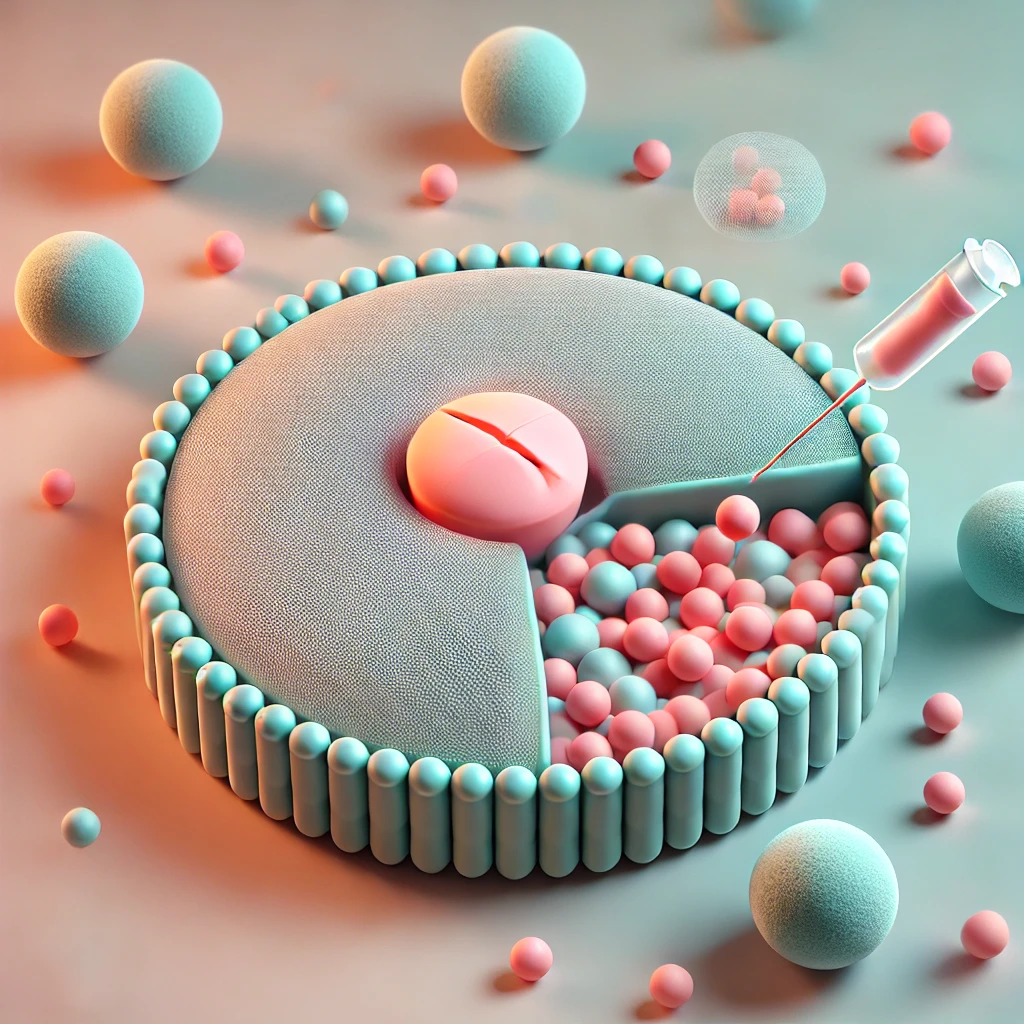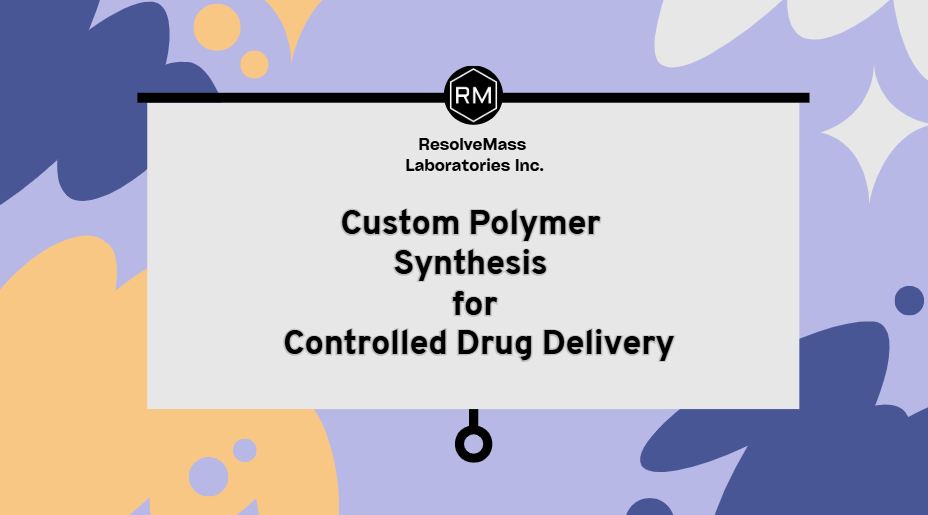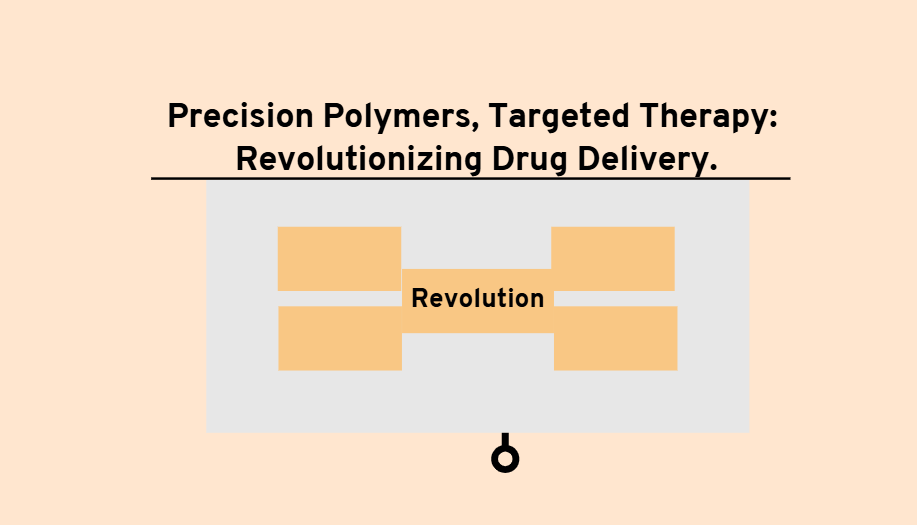
The Complete Guide to Nanoparticle Synthesis in Drug Delivery
Introduction
- What are Nanoparticles in Drug Delivery?
- Overview of nanoparticles as minute particles ranging from 1-100 nm in size, specifically engineered to improve drug solubility, stability, and bioavailability.
- Importance of nanoparticles in modern drug delivery, including controlled release, targeted delivery, and enhanced efficacy.
- Advantages of Using Nanoparticles in Drug Delivery
- Enhanced bioavailability for poorly soluble drugs.
- Targeted delivery to specific cells/tissues, minimizing side effects.
- Controlled and sustained release to maintain therapeutic levels over time.
Types of Nanoparticles in Drug Delivery
- Polymeric Nanoparticles
- Made from biodegradable polymers like PLGA, PLA, and PCL.
- Ideal for controlled drug release and targeting.
- Examples and applications in drug delivery.
- Lipid-Based Nanoparticles (e.g., Liposomes, Solid Lipid Nanoparticles)
- Composition of lipid layers that can encapsulate both hydrophilic and hydrophobic drugs.
- High compatibility with biological membranes, making them suitable for intravenous administration.
- Examples in cancer therapeutics, vaccines, and gene therapy.
- Metal Nanoparticles
- Usually comprised of gold, silver, or other metal cores with drug molecules attached.
- Key applications in imaging, diagnostics, and targeted therapies.
- Example: Gold nanoparticles in photothermal cancer therapy.
- Dendrimers
- Highly branched, tree-like structures offering multiple drug-binding sites.
- Suitable for delivering multiple drugs or targeting ligands simultaneously.
- Applications in targeted cancer treatment and gene delivery.
- Carbon-Based Nanoparticles (e.g., Carbon Nanotubes, Fullerenes)
- Exceptional strength and conductivity properties.
- Emerging applications in photothermal and gene delivery, though biocompatibility remains a challenge.
Methods of Nanoparticle Synthesis for Drug Delivery
- Emulsification and Solvent Evaporation
- Commonly used for polymer-based nanoparticles.
- Steps: Emulsification of drug-polymer mixture in water, solvent evaporation, and nanoparticle formation.
- Ideal for hydrophobic drugs and offers control over particle size.
- Coacervation
- Phase separation method primarily used for protein or peptide drug encapsulation.
- Steps: Formation of polymer-rich and polymer-poor phases, with drugs incorporated into the polymer-rich phase.
- Allows for high drug loading and is suited for heat-sensitive molecules.
- Nanoprecipitation (Solvent Displacement)
- Drug and polymer dissolved in organic solvent, added to aqueous solution, causing nanoparticle formation.
- Suitable for hydrophobic drugs; produces small and uniformly sized nanoparticles.
- Supercritical Fluid Technology
- Uses supercritical CO₂ to dissolve polymers and drugs, followed by rapid depressurization to form nanoparticles.
- Eco-friendly and ideal for heat-sensitive drugs, but requires specialized equipment.
- High-Pressure Homogenization
- Uses high shear forces to reduce particle size and encapsulate drugs within lipid nanoparticles.
- Often used in the formation of solid lipid nanoparticles and nanostructured lipid carriers.
- Spray Drying
- Solution of drug and polymer is atomized into a drying chamber, resulting in nanoparticle formation.
- Widely used for poorly water-soluble drugs.
Characterization of Nanoparticles in Drug Delivery
- Size and Morphology Analysis
- Dynamic Light Scattering (DLS) for determining particle size and size distribution.
- Scanning Electron Microscopy (SEM) and Transmission Electron Microscopy (TEM) for analyzing particle shape and surface structure.
- Surface Charge (Zeta Potential)
- Measurement of zeta potential to understand nanoparticle stability and interaction with biological systems.
- Importance of zeta potential in predicting aggregation behavior and colloidal stability.
- Drug Encapsulation Efficiency and Loading Capacity
- Quantifying the amount of drug encapsulated versus total drug added.
- Techniques like UV-Vis spectroscopy and High-Performance Liquid Chromatography (HPLC) are used for quantification.
- In Vitro Drug Release
- Conducting studies to simulate and measure the release profile of the drug from nanoparticles.
- Common methods include dialysis, dissolution media, and temperature-controlled release studies.
- Thermal and Chemical Stability
- Differential Scanning Calorimetry (DSC) and Thermogravimetric Analysis (TGA) to assess thermal properties.
- Stability testing under various conditions, including pH and temperature.
Applications of Nanoparticles in Drug Delivery
- Cancer Therapy
- Targeted delivery to tumors using ligands or antibodies on nanoparticle surfaces.
- Examples: Doxil (liposomal doxorubicin) and Abraxane (albumin-bound paclitaxel).
- Gene Therapy and mRNA Vaccines
- Delivery of nucleic acids (DNA, RNA) using lipid nanoparticles for vaccines and genetic disorders.
- Example: Lipid nanoparticles in COVID-19 mRNA vaccines.
- Antibiotic Delivery
- Enhancing the efficacy of antibiotics with controlled release and biofilm penetration.
- Applications in multidrug-resistant infections.
- Neurodegenerative Diseases
- Delivering drugs across the blood-brain barrier using targeted nanoparticle systems.
- Example: PEGylated nanoparticles for Alzheimer’s and Parkinson’s disease treatments.
Challenges in Nanoparticle Synthesis for Drug Delivery
- Scalability: Transitioning from lab-scale to large-scale production without compromising quality.
- Regulatory Approval: Meeting stringent regulatory requirements for safety and efficacy.
- Biocompatibility and Toxicity: Ensuring nanoparticles do not elicit adverse immune responses.
- Cost of Production: High cost associated with some synthesis methods and materials, such as gold nanoparticles.
Future Trends in Nanoparticle Drug Delivery
- AI and Machine Learning in Nanoparticle Design: Using AI to predict nanoparticle behavior, optimize synthesis methods, and design for specific therapeutic targets.
- Smart Nanoparticles: Development of stimuli-responsive nanoparticles that release drugs in response to environmental triggers like pH or temperature.
- Personalized Nanomedicine: Tailoring nanoparticle-based therapies based on individual patient profiles for more effective treatments.
Conclusion
Nanoparticles offer unprecedented potential to transform drug delivery by enabling targeted, controlled, and highly effective treatments. As the field advances, innovations in synthesis techniques and regulatory frameworks will be critical in bringing nanoparticle-based therapies from the lab to clinical practice.
Call to Action
- “ResolveMass Laboratories Inc. offers cutting-edge nanoparticle synthesis and characterization services for drug delivery applications. Contact us today to discuss how we can support your nanoparticle drug development needs with our specialized services and expert team.”

